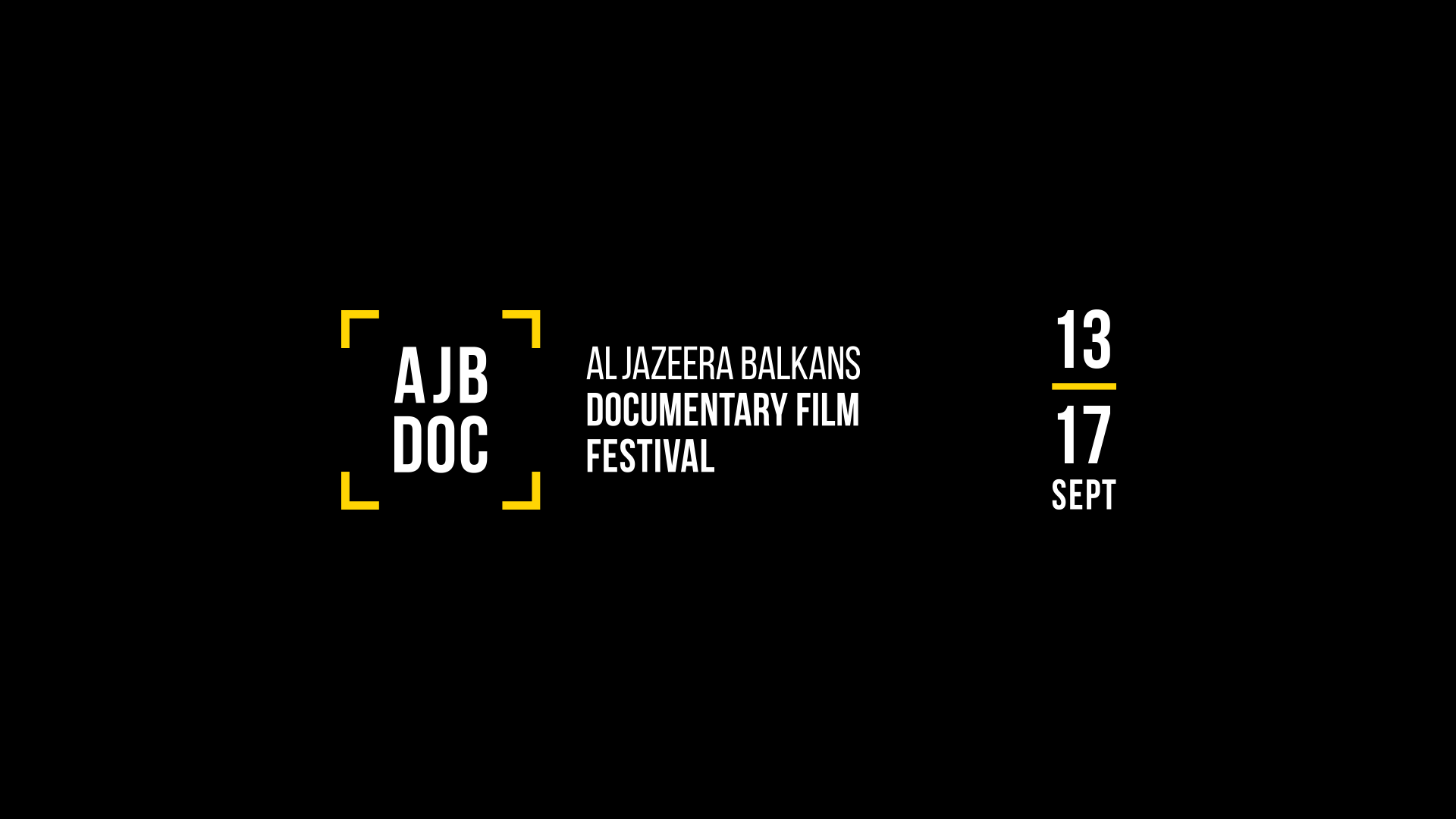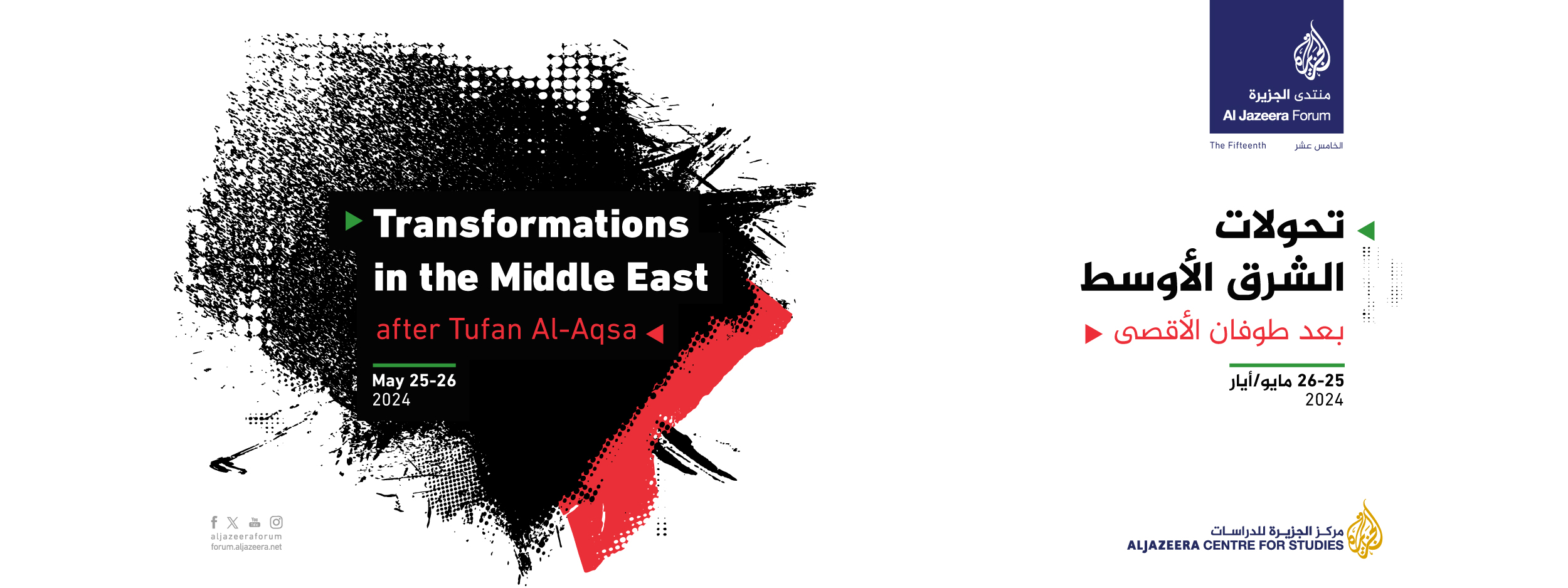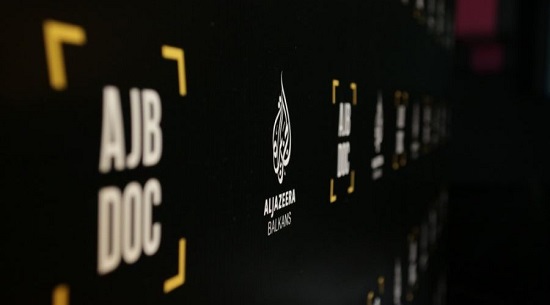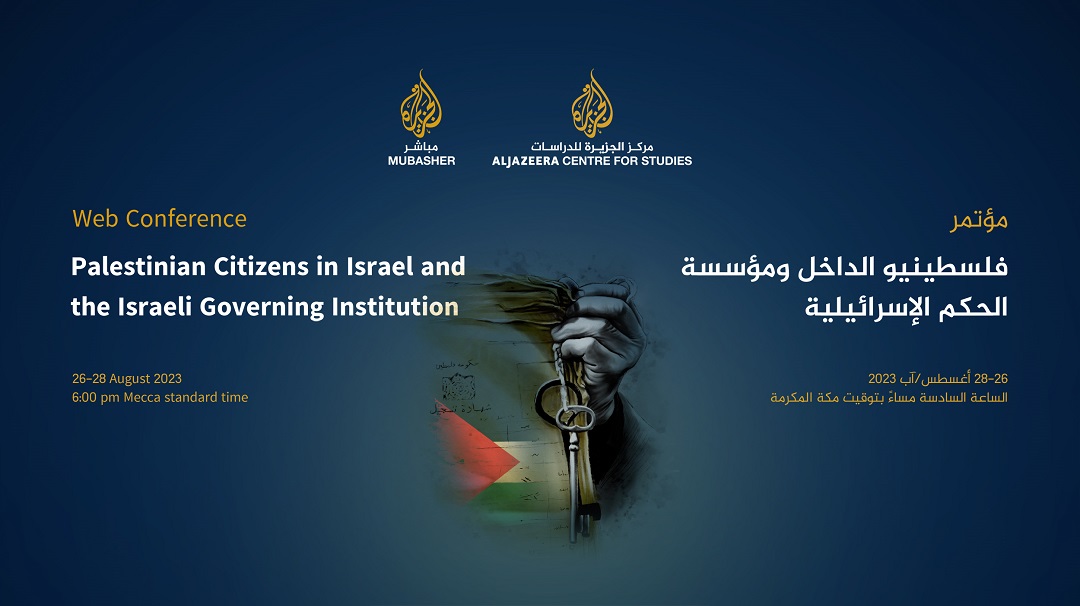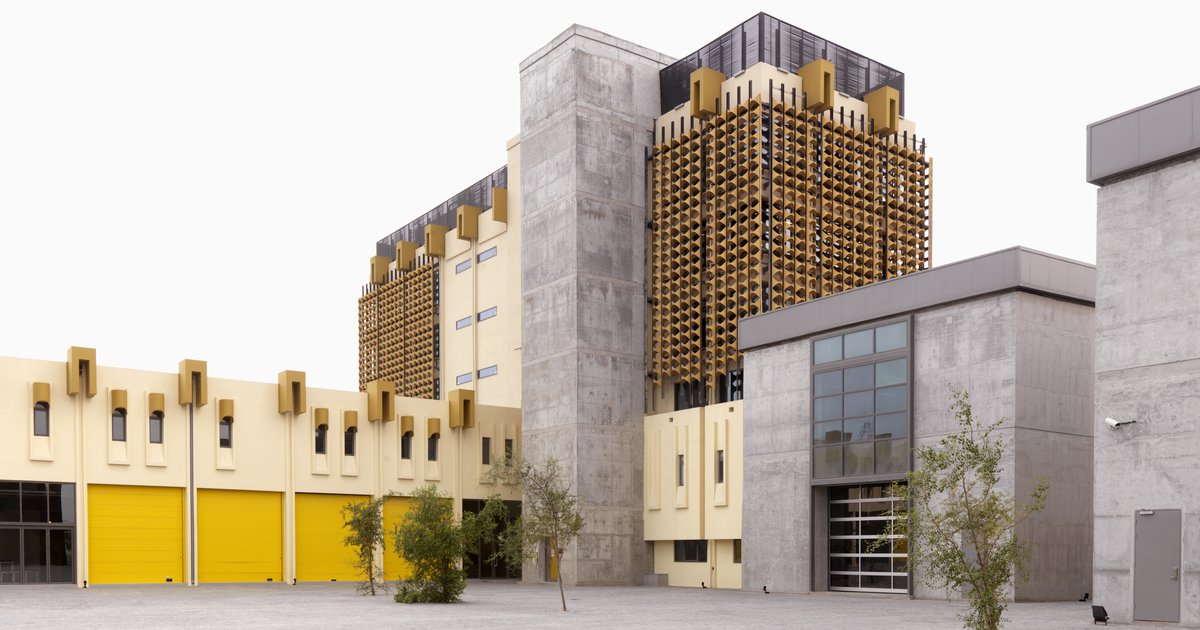
The International Declaration on the Protection of Journalists
The International Declaration to Protect Journalists (IDPJ) was presented and discussed at the IPI World Congress held in Doha from 19 to March 21, 2016.
The “Declaration” aims to shed light on the basic principles with respect to the protection of journalists, taking into account the various stakeholders, including states and their institutions, governmental and non-governmental organisations, media organisations and journalists.
More than 70 leaders of press institutions and organisations concerned with the protection of journalists and the freedom of the press have participated in the preparation of the Declaration through two workshops organised, respectively, in Nairobi on September 4, 2015, and in London on September 14, 2015.
The Declaration has been reviewed and approved by the U.N Special Rapporteur on Freedom of Opinion and Expression, the Organization for Security and Co-operation in Europe (OSCE) Representative on Freedom of the Media, the African Commission on Human and Peoples’ Rights (ACHPR) Special Rapporteur on Freedom of Expression and Access to Information and the Organization of American States (OAS) Special Rapporteur on Freedom of Expression.
The Declaration includes two parts:
A declaration summarising international principles relating to the protection of journalists covering events in dangerous environments and victims of human rights violations. The document focuses on the responsibilities of states and institutions involved in this field, including law enforcement and security forces, and judicial authorities.
It is based on existing international human rights and humanitarian laws and mechanisms related to the protection of journalists, including resolutions, declarations, treaties, conventions, general comments and other statements by international organisations.
This document does not develop new principles, but is instead based entirely on principles enshrined in existing international instruments.
A document titled “Media Organisations’ Best Practices”, which highlights steps and remedies that news media organisations and journalists should, on a voluntary basis, consider implementing in order to achieve greater safety.
The guidelines it sets forth are based on existing principles adopted by journalistic institutions regarding journalists’ safety and on recommendations by experts.
These guidelines are designed to encourage best practices within the news media industry. The existence of these guidelines in no way diminishes or takes away from the obligation of states to create a safe environment for journalists and to enable them to carry out their work independently and without interference.


